
The thing with successful TV series is that fans can’t get enough of them. Alas, all good things must come to an end, but in a bid to satisfy the viewers and to keep profits high, producers often consider spin-offs as a solution. Often, spin-offs fall flat. In some cases, they’re more beloved than the originals from which they were forged.
Where the big screen is concerned, continuity is fundamental—especially with superhero flicks; vast universes and at least five sequels are planned before the first film has even gone into production. It’s not as easy for the small screen. There are certain do’s and don’ts that must be taken into account, and each of these elements could easily make or break the spin-off.
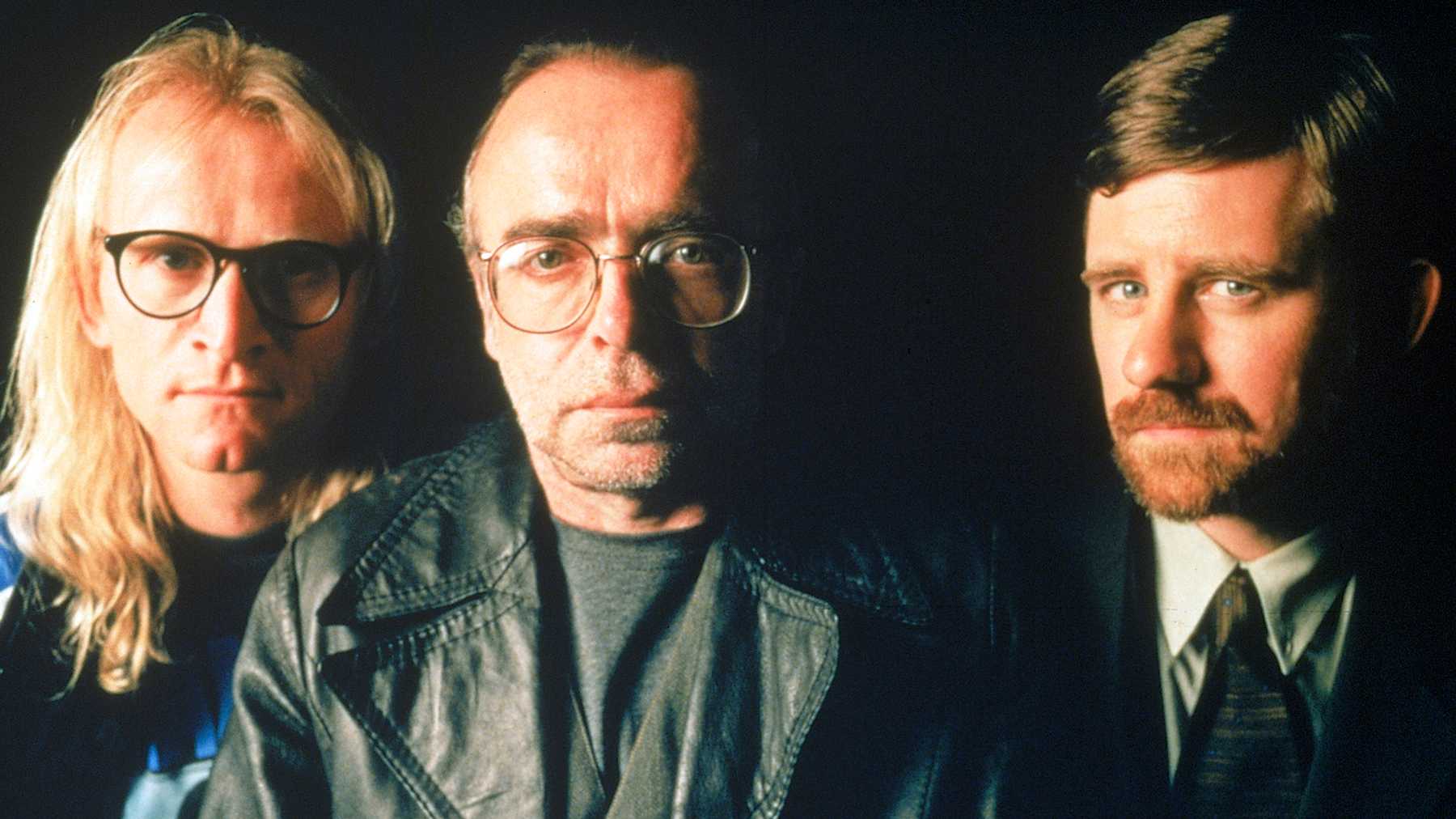 ‘THE LONE GUNMEN’ (2001), ©20TH CENTURY FOX TELEVISION
‘THE LONE GUNMEN’ (2001), ©20TH CENTURY FOX TELEVISION
The Yeas and the Nays
For example, it’s a great idea to take familiar characters in a new direction, like David Angell, Peter Casey and David Lee did with ‘Frasier’ (1993-2004). Another fruitful avenue is to offer new heroes within the same fictional world, which we’ve seen working beautifully with Disney’s ‘The Mandalorian’ (2019).
And who doesn’t like a good prequel by delving into the past of a much beloved character? Viewers welcomed Vince Gilligan and Peter Gould’s take on Jimmy McGill in ‘Better Call Saul’ (2015) with arms wide open, after he’d already sparked their interest in ’Breaking Bad’ (2008-2013).
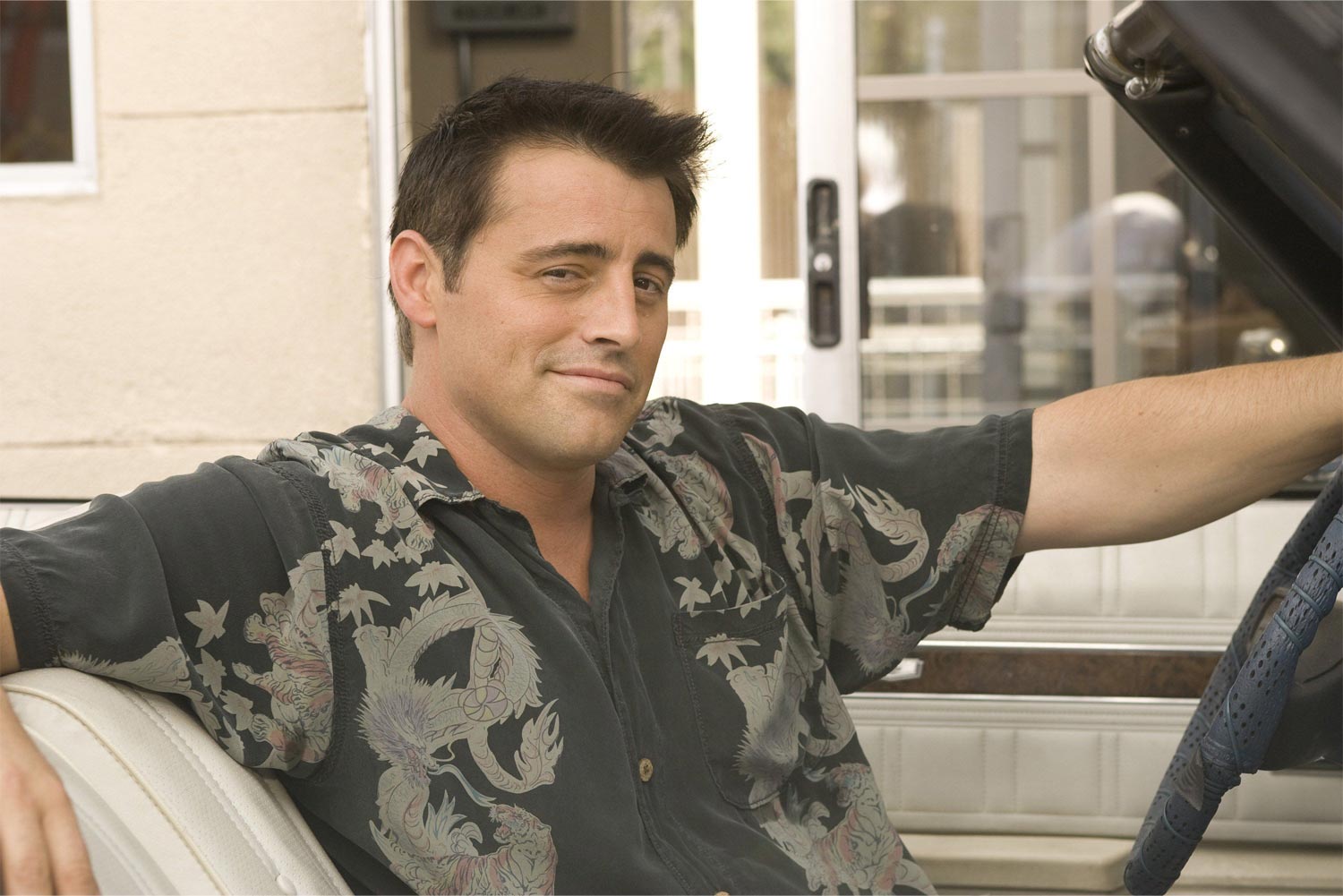 ‘JOEY’ (2004-2006), ©WARNER BROTHERS TELEVISION
‘JOEY’ (2004-2006), ©WARNER BROTHERS TELEVISION
On the other side of the spectrum, the most underwhelming spin-offs have failed for a variety of reasons. Rehashing what was already done has not, does not, and will never work. ‘Joey’ (2004-2006) more than proved it by feeding viewers worn-out jokes that made ‘Friends’ (1994-2004) appealing. Too much of the same was bound to backfire.
Another major mistake is to simply overestimate the popularity of a minor character; what worked in ‘The X-Files’ (1993-2018) for Byers et al quickly fizzled in ‘The Lone Gunmen’ (2001), because no one was ever truly interested in watching a show entirely dedicated to three misfit conspiracy experts who played second fiddle to Mulder and Scully a few times.
Asking questions that nobody cared about has tanked its share of spin-offs, too; the only ones who wondered about what Superman’s grandfather was like were the Syfy producers who gave us ‘Krypton’ (2018-2019), which somehow made it through two seasons before being put out of its misery; sure, David S. Goyer and Damian Kindler had good intentions, but there’s only so much one can extract from a cinematic universe that has been basically bled dry.
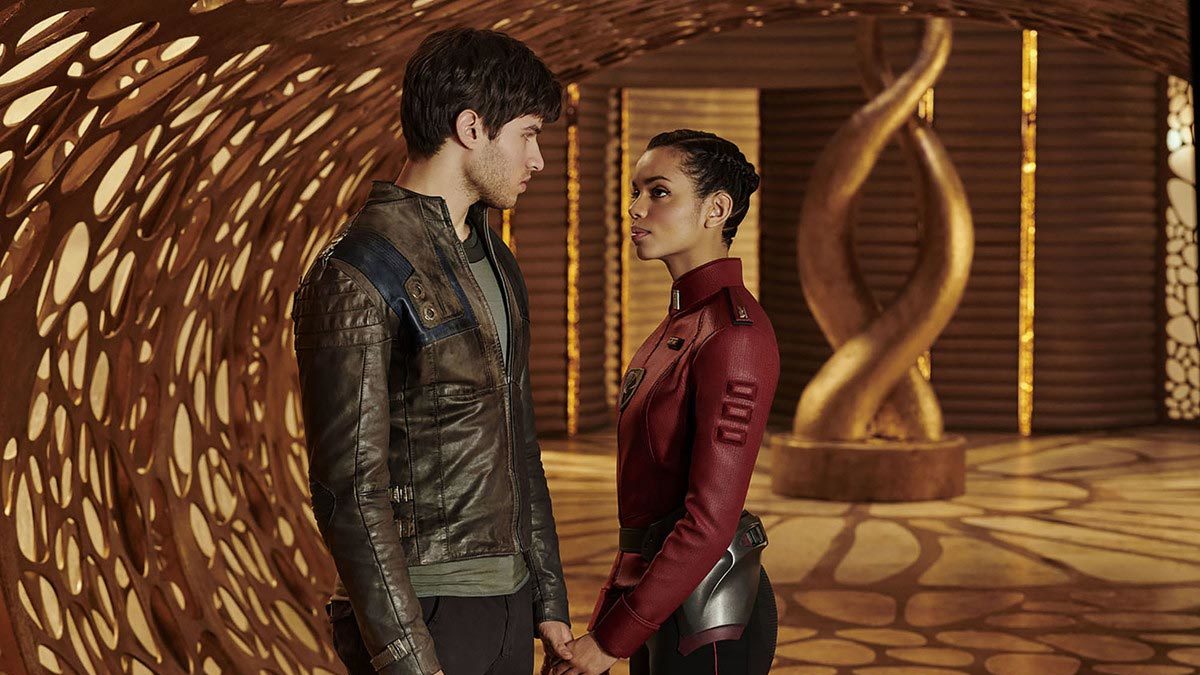 ‘KRYPTON’ (2018-2019), ©SYFY
‘KRYPTON’ (2018-2019), ©SYFY
Hitting the Mark
Of the spin-offs that weren’t just as good as the original but managed to exceed expectations, I can easily and wholeheartedly refer you to ‘Star Trek: The Next Generation’ (1987-1994). Gene Roddenberry gave us a science fiction treasure trove with his tales of Starfleet adventures that took beloved heroes where no one has gone before. The original ‘Star Trek’ (1966-1969) embedded itself in television history as a revolutionary production that defied that era’s creative norms. It also made timeless stars out of William Shatner, Leonard Nimoy, George Takei, and Nichelle Nichols as Uhura—the first African-American woman to have a continuing co-starring role on TV who also gave us the first interracial onscreen kiss. ‘Star Trek’ deserved better than it got, in retrospect.
It generated a multitude of spin-offs and feature-length films, but only ‘Star Trek: The Next Generation’ was able to rise to the occasion. The show grew into a veritable grand space opera adventure that stayed loyal to its original whilst exploring new avenues through new and charming characters. Despite its rocky start, the series gathered a massive fanbase, conquering us with Patrick Stewart’s brilliant Captain Jean-Luc Picard and Brent Spiner’s Data, the latter most appealing through an effort to reconcile his own desire for humanity with his robotic design.
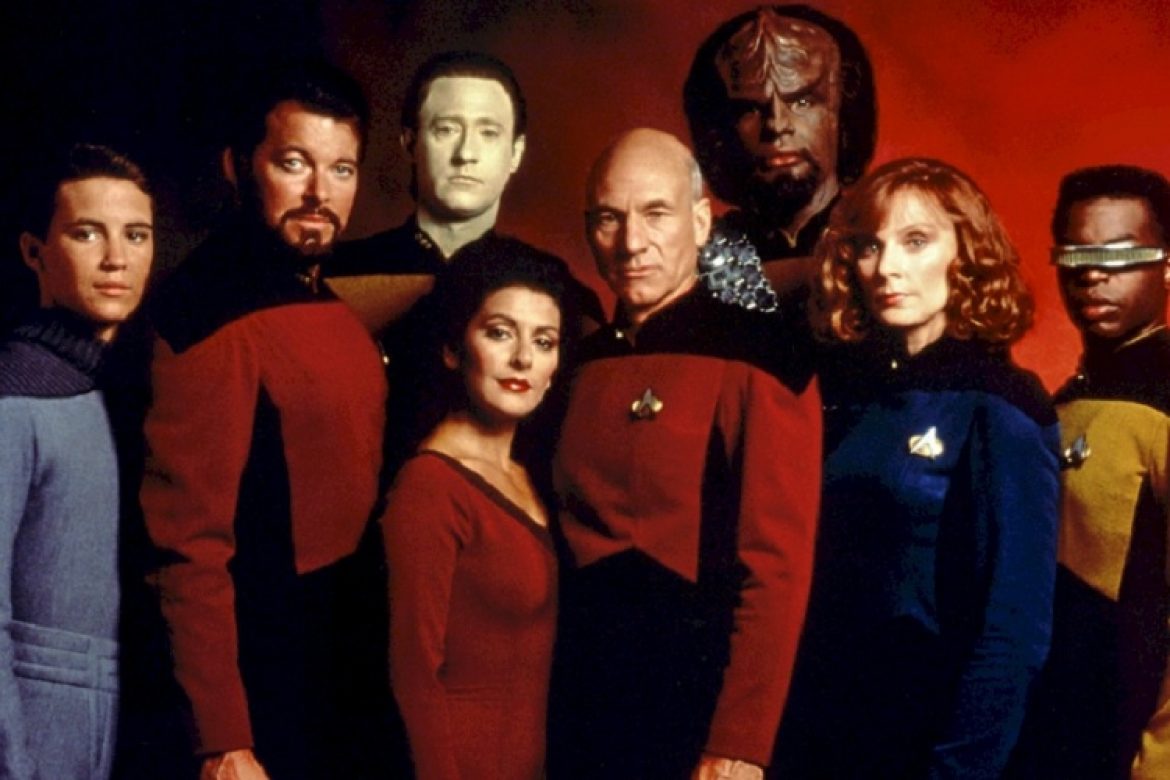 ‘STAR TREK: THE NEXT GENERATION’ (1987-1994), ©PARAMOUNT TELEVISION
‘STAR TREK: THE NEXT GENERATION’ (1987-1994), ©PARAMOUNT TELEVISION
Mentioned earlier, ‘The Mandalorian’ is another prime example of a spin-off that hits the mark. It also shows how a creative team can mine TV gold from a well-known source. The series is based on a movie franchise, rather than a series, but Jon Favreau is triumphant in recreating the original ‘Star Wars’ look, imagining what happened once the Mandalorian character left the trilogy.
The show’s protagonist, Mando, has become an instant hero, splendidly brought to life by Pedro Pascal of ‘Narcos’ (2015-2017) and ‘Game of Thrones’ (2011-2019) fame. On top of that, few expected The Child, better known as Baby Yoda, to have such an impact on audiences. Favreau manages to take imagery from the past and craft it into something that stands to be highly anticipated in the future, as well.
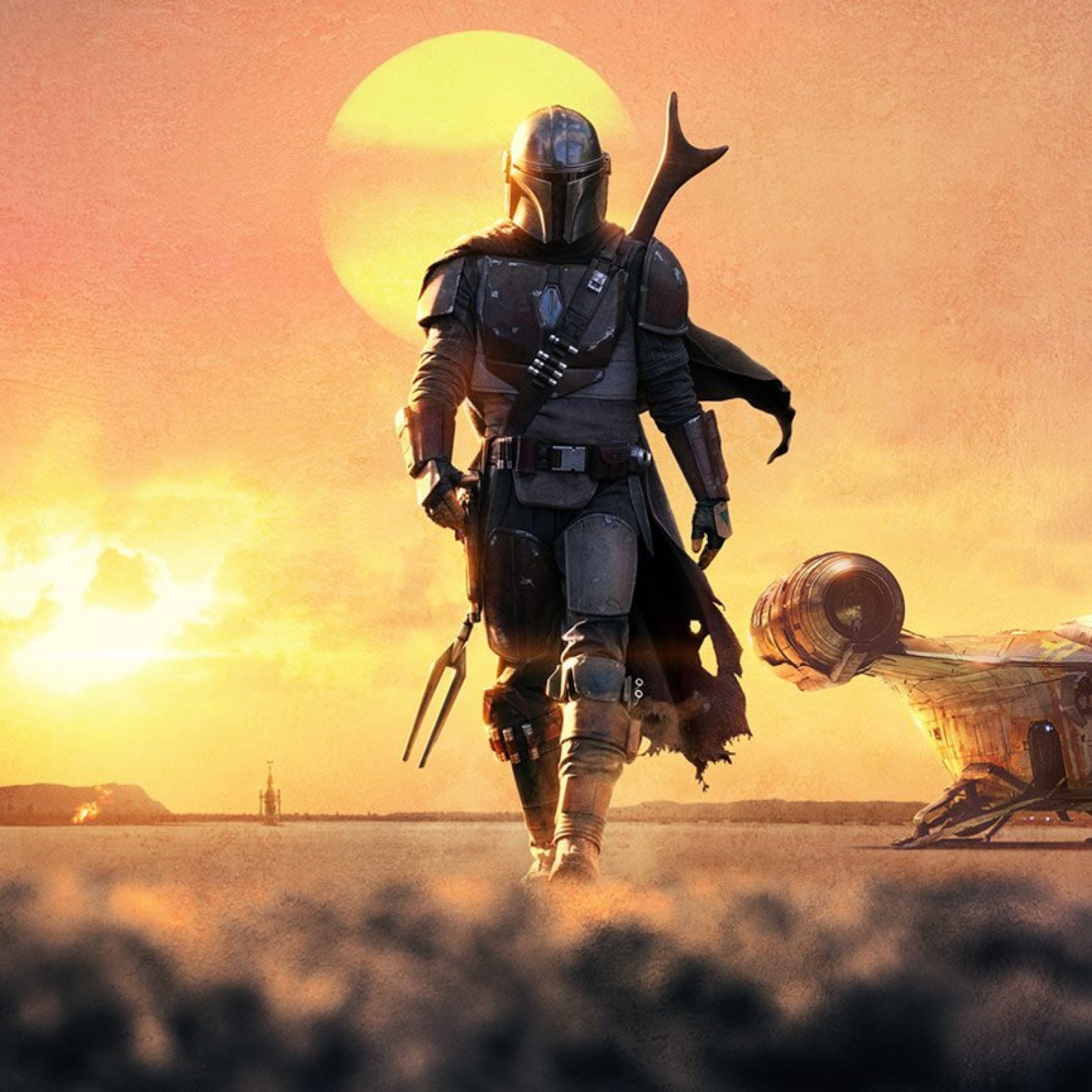 ‘THE MANDALORIAN’ (2019), ©LUCASFILM/WALT DISNEY STUDIOS
‘THE MANDALORIAN’ (2019), ©LUCASFILM/WALT DISNEY STUDIOS
‘Better Call Saul’ doesn’t surpass ‘Breaking Bad’ which, to this day, is still a prime example for the television medium as an artform. The spin-off is excellent, however, as it is slated for a 6th season in 2021. Chronicling the trials and tribulations of Jimmy McGill in a time before his strip-mall law office in Albuquerque, New Mexico, ‘Better Call Saul’ offers us glimpses of other characters from the main series, such as Maximino Arciniega’s Krazy-8 and Jonathan Banks’s Mike Ehrmantraut, who show up from time to time like a blast from… well, the future, since it’s a prequel.
The show offers something fresh by digging into the past, collecting an impressive number of award nominations along the way and without making the viewers wonder about Saul/Jimmy’s post-‘Breaking Bad’ career managing a Cinnabon in Nebraska. It is absolutely delightful because it shows us how Saul truly came to be, in a sense.
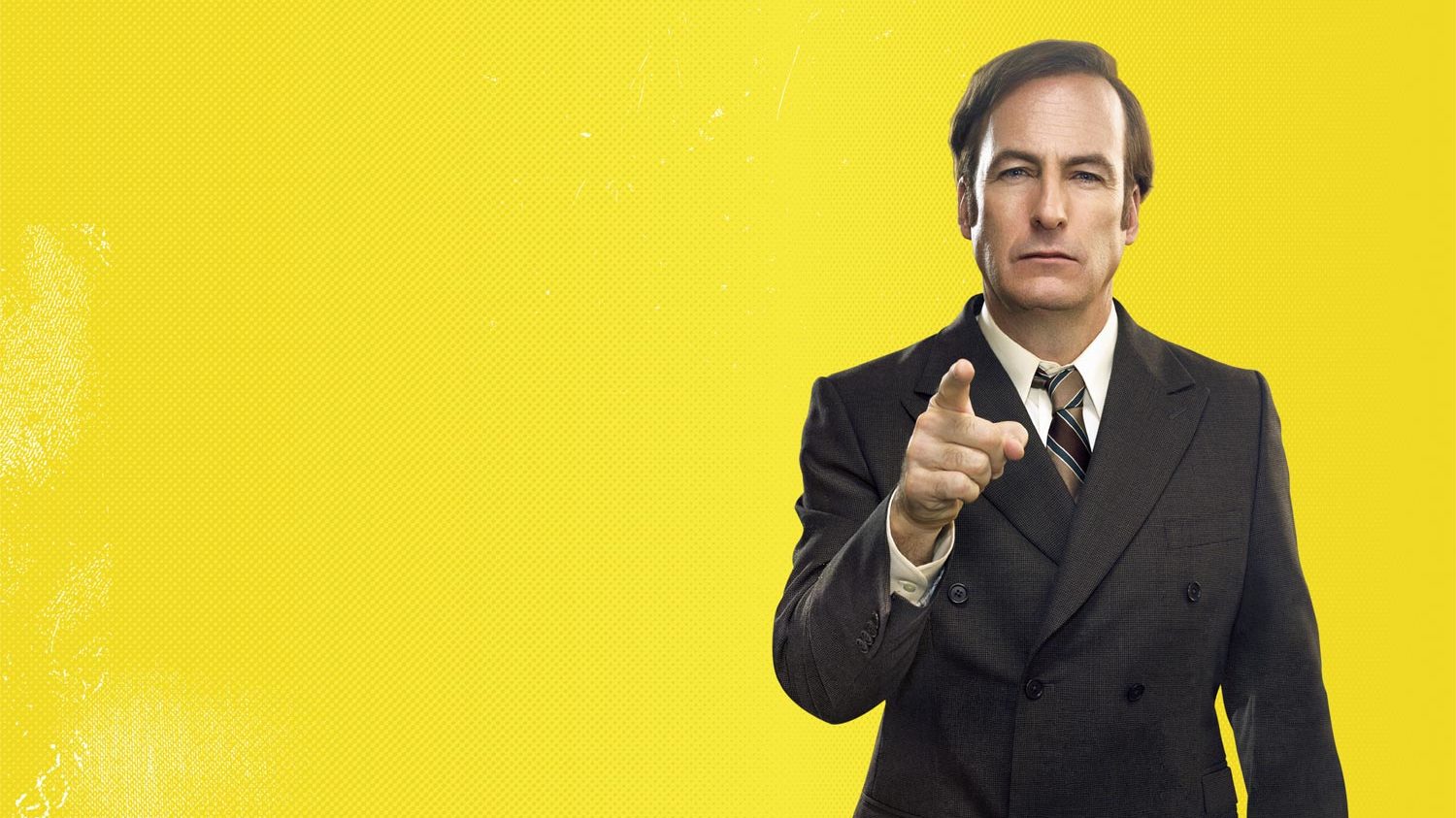 ‘BETTER CALL SAUL’ (2015), ©NETFLIX
‘BETTER CALL SAUL’ (2015), ©NETFLIX
‘Buffy the Vampire Slayer’ (1997-2003) took an average movie and turned it into a ground-breaking cult classic series. Joss Whedon changed the matrix of fantasy television with his take on vampires and the supernatural. One memorable and much-loved character that got his own spin-off was Angel, the vampire cursed with a soul, played by David Boreanaz. ‘Angel’ (1999-2004) came after two seasons of the original and lasted for five of its own, applauded for darker and more adult storylines.
Buffy, as a character, was designed to grow up with her audience, while Angel simply trusted that his viewers were already there and ready to go beyond the worries and distractions of high-school and college life. The show was also proficient in the art of crossovers, with more than one episode bringing the two threads together and never afraid of pulling punches. In fact, ‘Angel’ is considered by many as one of the rare instances in which the spin-off is better than the original.
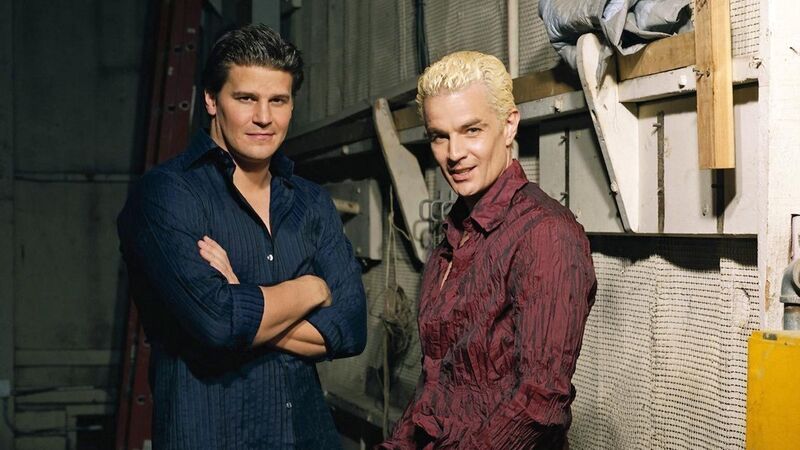 ‘ANGEL’ (1999-2004), ©20TH CENTURY FOX TELEVISION
‘ANGEL’ (1999-2004), ©20TH CENTURY FOX TELEVISION
‘Frasier’ recorded a similar success in its 11-season run. Building from the beloved ‘Cheers’ (1982-1993) which gave us memorable comedic performances from Ted Danson, Shelley Long and Rhea Perlman, to name but a few, ‘Frasier’ took Doctor Frasier Crane to Seattle to become a radio show psychiatrist.
The show struck gold with its eloquent, witty and intelligent humour, as Frasier—the oddball former member of the ‘Cheers’ blue-collar ensemble—doled out advice to his listeners. Focusing on the social ineptitude of its characters, the spin-off went on to win 37 Emmy awards, including five years in a row for Outstanding Comedy.
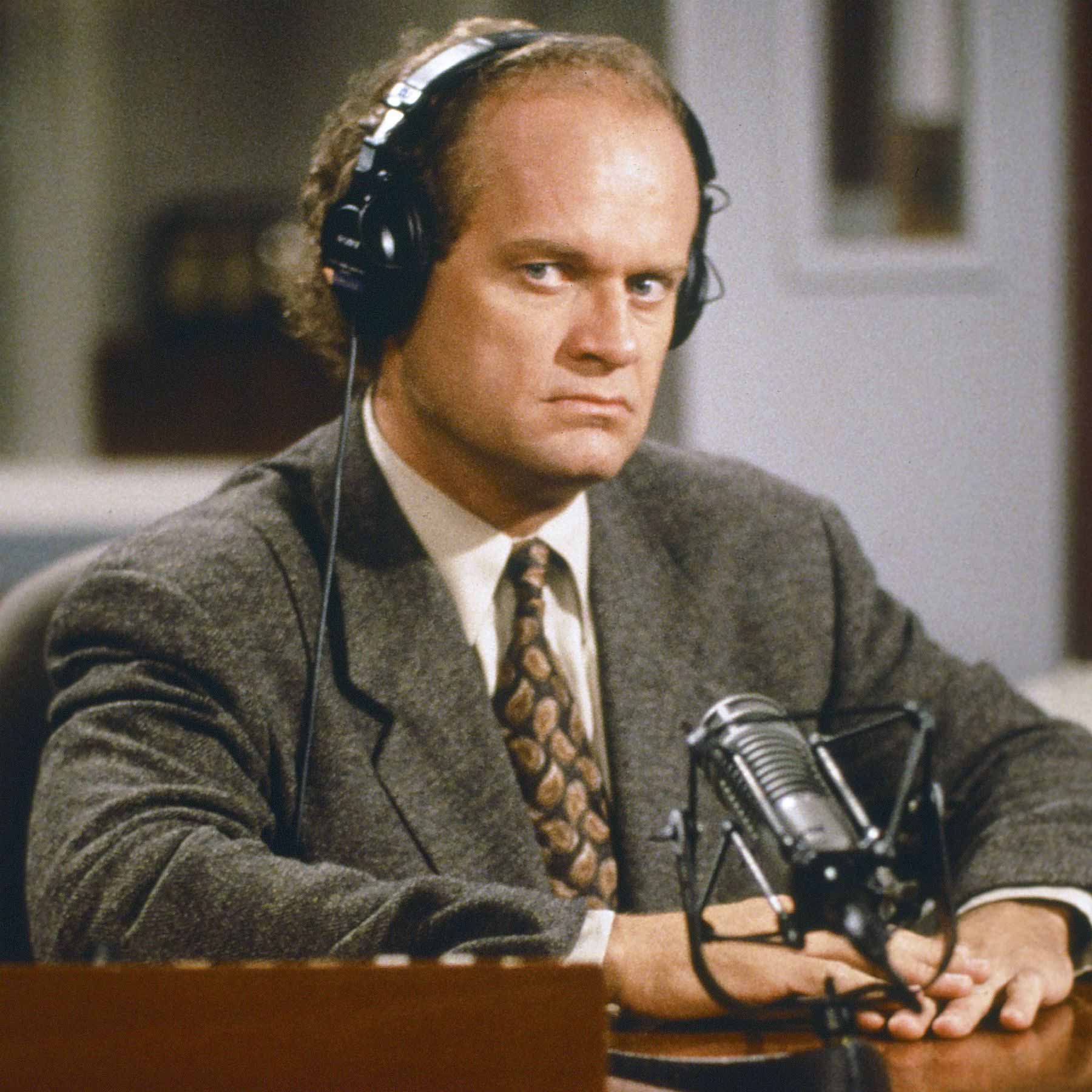 ‘FRASIER’ (1993-2004), ©PARAMOUNT TELEVISION
‘FRASIER’ (1993-2004), ©PARAMOUNT TELEVISION
Crashed and Burned
‘Bones’ (2005-2017) will always stand out as one of the better procedurals, mainly over the onscreen chemistry between empirical forensic anthropologist Temperance ‘Bones’ Brennan and tough all-American FBI Agent Seeley Booth, beautifully portrayed by Emily Deschanel and David Boreanaz, respectively. Hart Hanson tried to whip up the same magic with ‘The Finder’ (2012), which takes place in the same fictional world but fails miserably.
Its backdoor pilot premiered on the sixth season of ‘Bones’, and the show itself focuses on the investigative adventures of Walt Sherman who, after a traumatic brain injury during the Iraq War, can see patterns that others can’t. Geoff Stults, Michael Clarke Duncan, Mercedes Masohn and Maddie Hasson headlined the spin-off, which, like the original, was based on books—in this case, ‘The Locator’ by Richard Greener. It only lasted a season, lacking the appeal that kept viewers glued to their TV screens during ‘Bones’.
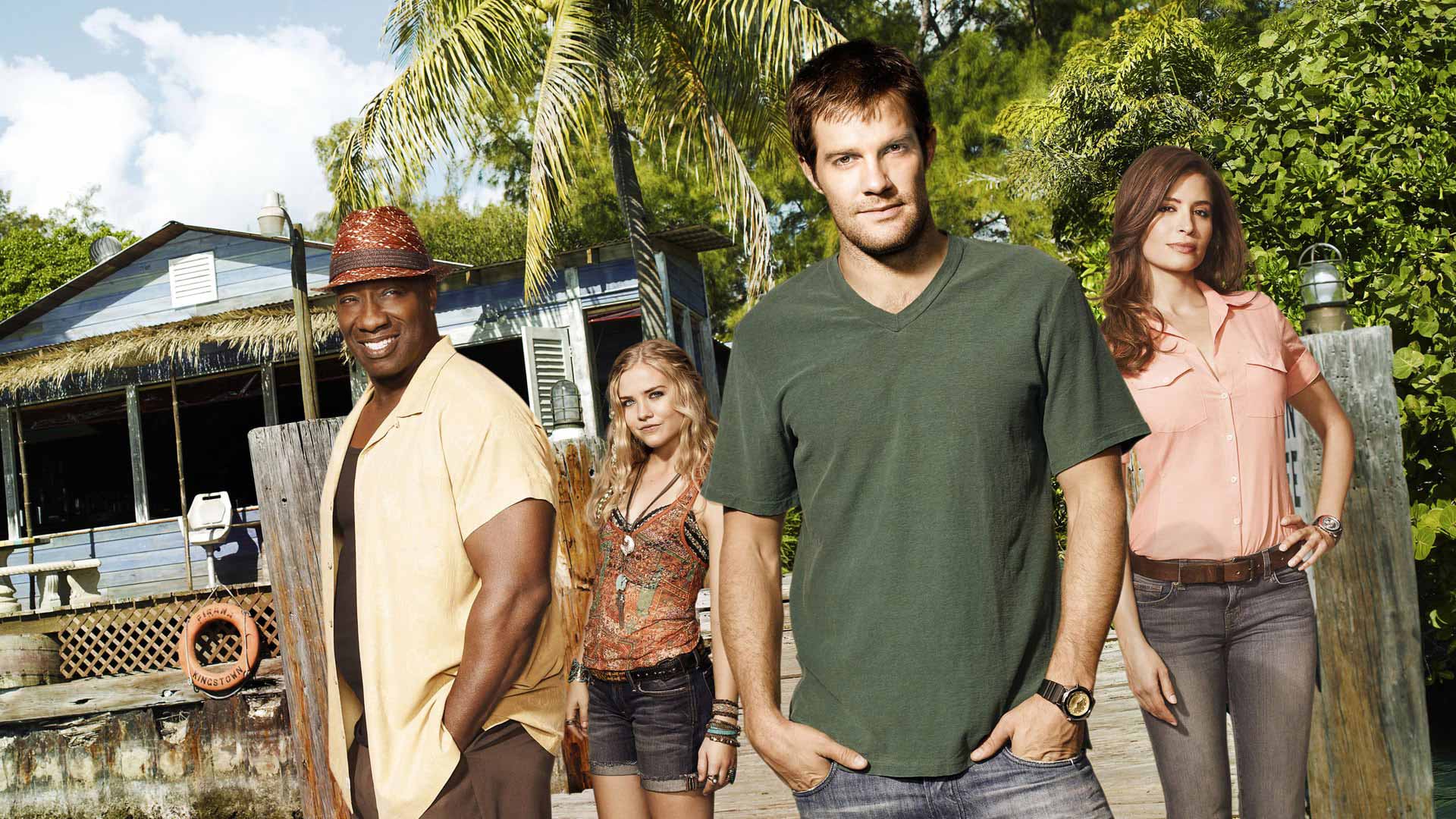 ‘THE FINDER’ (2012), ©20TH CENTURY FOX TELEVISION
‘THE FINDER’ (2012), ©20TH CENTURY FOX TELEVISION
‘Happy Days’ (1974-1984) was a gem of American television, made memorable by the likes of Ron Howard and Henry Winkler, among others. It also launched a fruitful franchise on ABC, with several popular spin-offs such as ‘Mork & Mindy’ (1978-1982), which brought Robin Williams into the spotlight, and ‘Laverne & Shirley’ (1976-1983). ‘Joanie Loves Chachi’ (1982-1983), with Scott Baio as Chachi Arcola and Erin Moran as Joanie Cunningham, however, flopped and then some.
Considered as one of the worst spin-offs of all time, ‘Joanie Loves Chachi’ followed its protagonists as they tried to break into the music business in the mid-1960s. It started off well, with its first season penned by the writers behind ‘Happy Days’, but it nosedived into its second season, leaving most audiences bewildered and disappointed. People wanted more of the Fonz, not Joanie and Chachi.
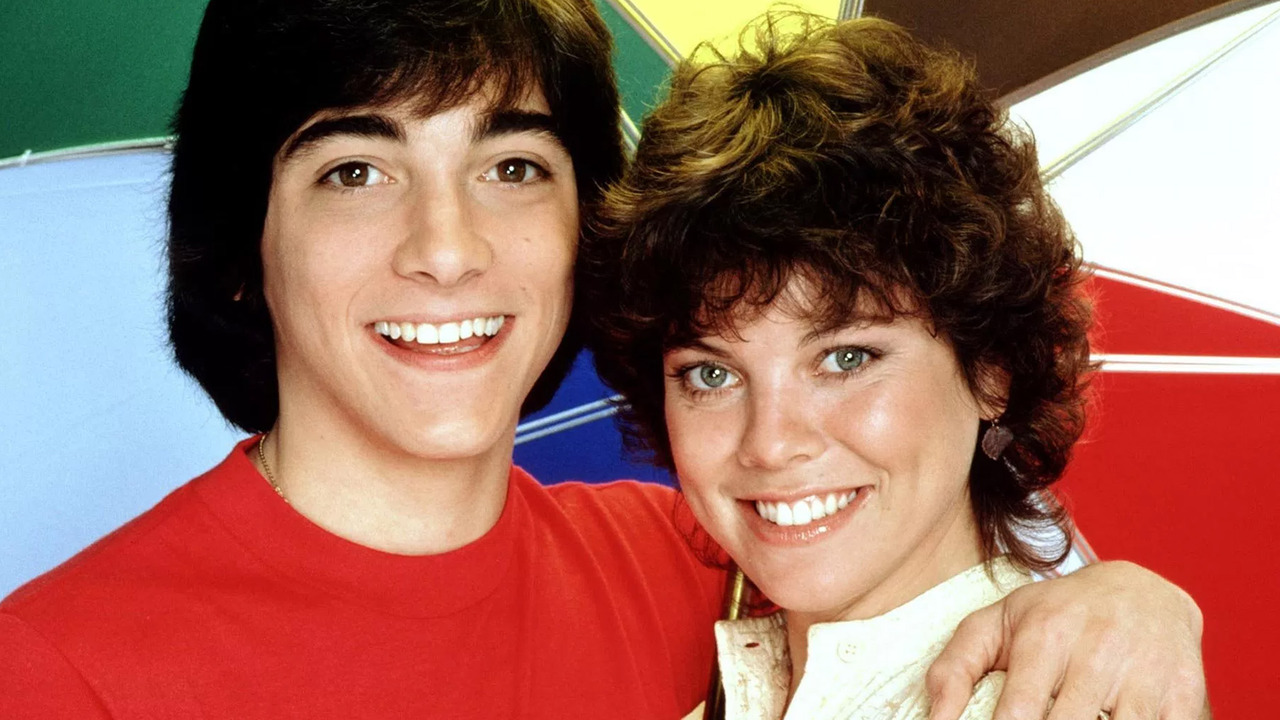 ‘JOANIE LOVES CHACHI’ (1982-1983), ©PARAMOUNT TELEVISION
‘JOANIE LOVES CHACHI’ (1982-1983), ©PARAMOUNT TELEVISION
When Russell T. Davies took over ‘Doctor Who’ (2005), it opened the door to a plethora of spin-offs with varied degrees of success. ‘Torchwood’ (2006-2011) gave us wicked times with John Barrowman, and ‘The Sarah Jane Adventures’ (2007-2011) was an absolute hit with younger audiences during its impressive run. ‘Class’ (2016) is one of the lesser ‘children’, mainly because it missed the ‘Doctor Who’ demographic by years, choosing to focus on a group of teenagers attending the Coal Hill School, where the Doctor once acquired his first companions.
Starring Greg Austin, better known as Travis Leich in ‘Hunters’ (2020), ‘Class’ was supposed to appeal to younger viewers with subtle nods to shows such as ‘Buffy the Vampire Slayer’ and ‘Teen Wolf’ (2011-2017). Despite its initial stellar reviews, the show began to slide into poor ratings, having found its rescue in a series of audio dramas from Big Finish. The small screen doesn’t want it anymore.
 ‘CLASS’ (2016), ©BBC AMERICA
‘CLASS’ (2016), ©BBC AMERICA
The One That Got Away
Of all the TV series that fans would absolutely love to get a spin-off from, ‘Supernatural’ (2005-2020) has missed the mark three times with backdoor pilots that never got a full season order. The supremely adored cult favourite and genre-masher has been around for fifteen years and is currently saying goodbye with its final season. Given the superb dynamic between Jensen Ackles’ Dean and Jared Padalecki’s Sam, further aided by a slew of memorable characters such as the angel Castiel (Misha Collins), the demon king Crowley (Mark Sheppard), veteran hunter Bobby Singer (Jim Beaver) and Lucifer (Mark Pellegrino), to name but a few, it’s hard not to imagine a good spin-off coming out of this gargantuan TV accomplishment.
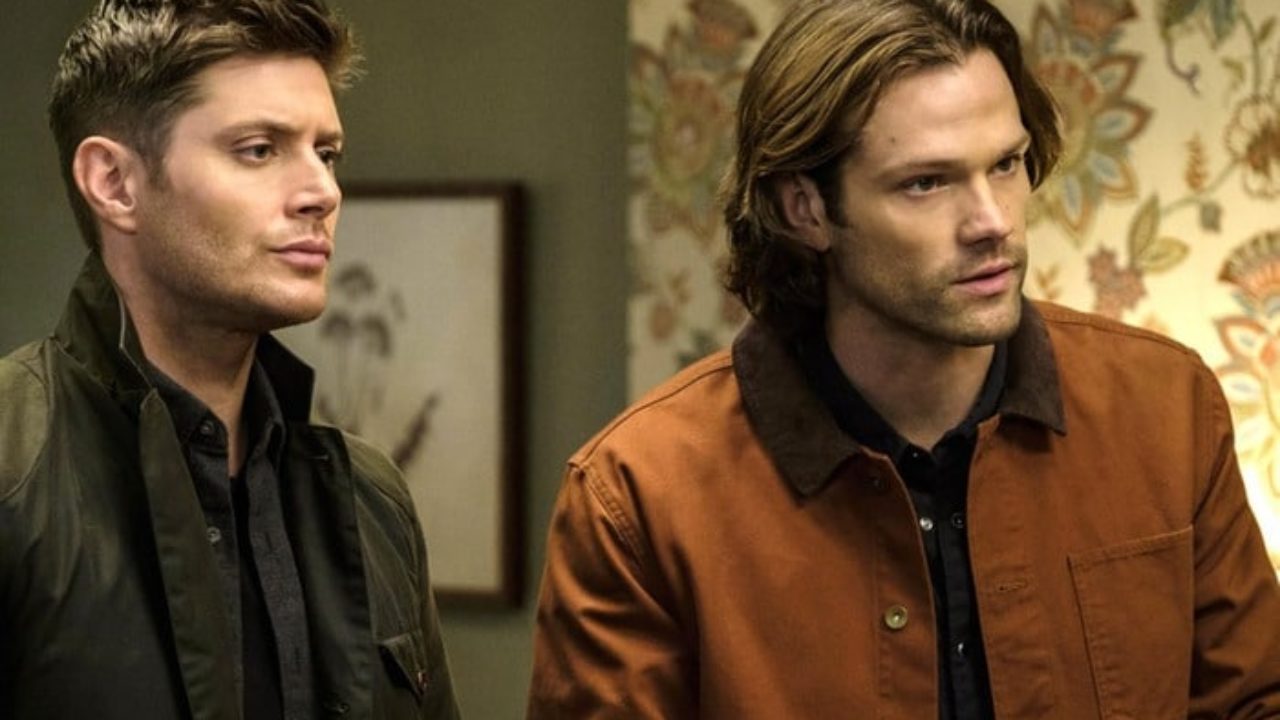 ‘SUPERNATURAL’ (2005-2020), ©KRIPKE ENTERPRISES/WARNER BROS. TELEVISION
‘SUPERNATURAL’ (2005-2020), ©KRIPKE ENTERPRISES/WARNER BROS. TELEVISION
But CW President Mark Pedowitz explained during a press tour at the 2018 Summer Television Critics Association that none of the three proposed spin-off projects had the promise of the ‘Supernatural’ boys past the first episode. Truth be told, Ackles and Padalecki have shouldered the series for a decade and a half, and the show’s writers have struggled to bring the same pizzazz to other pilots within the same universe. Mr Pedowitz has not fully dismissed the idea of a ‘Supernatural’ spin-off in the future, but most hopes were dashed when the ‘Wayward Sisters’ episode failed to get a greenlight.
In the end, spin-offs remain as elusive as ever. Sometimes they work and even surpass the originals. Sometimes they fail because the plot and characters weren’t strong enough to stand on their own. And occasionally, the original is just too powerful to allow an adjacent story to survive beyond the writers’ room. Caution is advised, either way, because a spin-off will always be faced with the challenge of following in the footsteps of giants.
Jules R. Simion
Jules is a writer, screenwriter, and lover of all things cinematic. She has spent most of her adult life crafting stories and watching films, both feature-length and shorts. Jules enjoys peeling away at the layers of each production, from screenplay to post-production, in order to reveal what truly makes the story work.
An Interview with Anna Drubich
Anna Drubich is a Russian-born composer of both concert and film music, and has studied across…
A Conversation with Adam Janota Bzowski
Adam Janota Bzowski is a London-based composer and sound designer who has been working in film and…
Interview: Rebekka Karijord on the Process of Scoring Songs of Earth
Songs of Earth is Margreth Olin’s critically acclaimed nature documentary which is both an intimate…
Don't miss out
Cinematic stories delivered straight to your inbox.
Ridiculously Effective PR & Marketing
Wolkh is a full-service creative agency specialising in PR, Marketing and Branding for Film, TV, Interactive Entertainment and Performing Arts.


